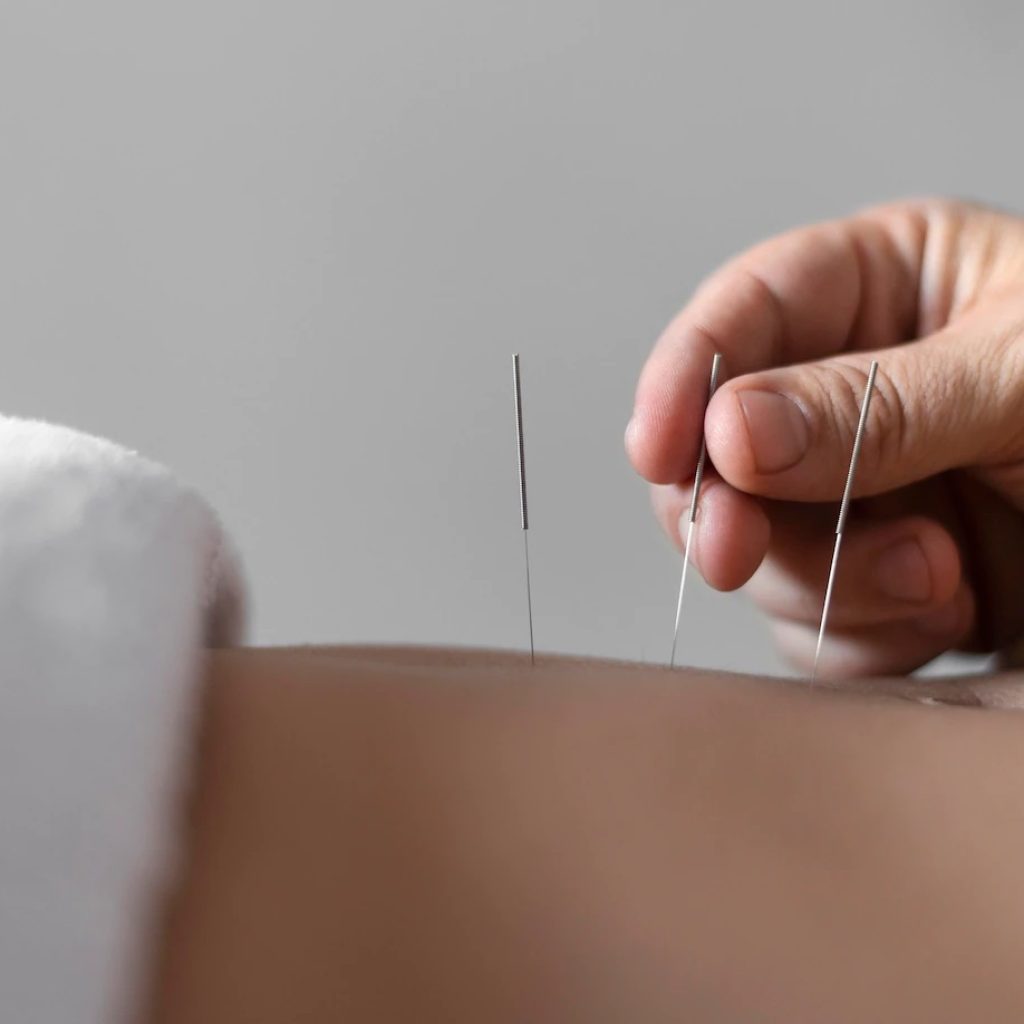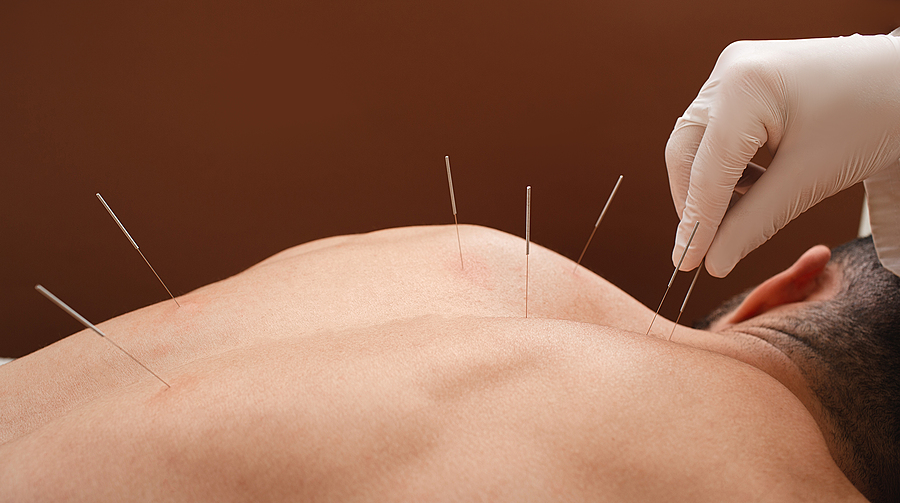Trigger points, which are another name for knotted muscles, have the potential to become a continual source of discomfort that extends beyond the knot itself. When a trigger point is touched, it almost always induces pain in other places of the body.
As long as the trigger point is there, it will continue to stimulate nerves and communicate the presence of pain to the brain. This continuous stimulation makes the nerves more sensitive, which in turn results in an increase in the amount of pain caused by trigger points.
Dry needling is one of the most effective treatments for breaking the cycle of pain caused by trigger points. The muscles are relaxed, the blood flow is increased, the inflammation is reduced, and a healing reaction is triggered when a needle similar to that used in acupuncture is inserted into the trigger point.
Dry needling not only enhances nerve transmission but also stimulates the production of natural pain medications that are already present in your body. The following are the four advantages that emerge from the activities that are initiated by dry needling.

Get Rapid Pain Relief
The majority of people think of trigger points as being associated with knots in the shoulders, upper back, and neck muscles. However, the issue may manifest itself in any region of your body and is linked to a wide variety of illnesses, ranging from discomfort in the neck and low back to joint pain and injuries caused by overuse.
As the knot relaxes and the blood flow increases, your discomfort will begin to subside. If your circulation is better, then painful wastes and acidic byproducts will be removed from your body, and your muscles will get the oxygen and nutrients they need to repair.
After only one session of dry needling, the majority of patients report an almost immediate improvement in both local and generalised pain. Others may need many dry needling sessions in order to reach the desired level of pain alleviation. The severity of your condition and the number of trigger points will determine the course of therapy you follow.
Get Your Full Range of Motion Back
Tense, aching muscles are one of the few things that may prevent you from moving. If you have a number of trigger points, you can find that your movement is severely restricted. In addition, when you don’t use your muscles, they waste away and get weaker.
When we are trying to develop your strength and completely restore your range of motion, we will often combine dry needling with a regimen of physical therapy. Your muscles will be retrained during physical therapy, and this will assist in reducing the risk of recurring trigger points.
Increase the Speed of Your Recuperation
Moving your body after experiencing an accident or having surgery is the most effective strategy to promote healing and speed up your recovery from either experience. During this stage of your recovery, the most important treatment will be physical therapy. Dry needling, on the other hand, is an adjunct to physical therapy that speeds up the recovery process.
Improve Problems That Cause Persistent Discomfort
Dry needling is an effective treatment for myofascial pain syndrome as well as fibromyalgia, two illnesses that are associated with persistent pain.
The development of trigger points in the fascia, which is a sheet of connective tissue that surrounds and supports all of your muscles, nerves, blood vessels, and organs, is what causes myofascial pain syndrome. It has been shown that dry needling, in conjunction with physical therapy, is one of the most effective therapies for this chronic pain issue.
You may have widespread pain and discomfort in your muscles if you have fibromyalgia. Your movement is altered as a result of the pain, which ultimately results in the formation of trigger points. Patients suffering from fibromyalgia who have dry needling often report a significant reduction in their general level of discomfort.
